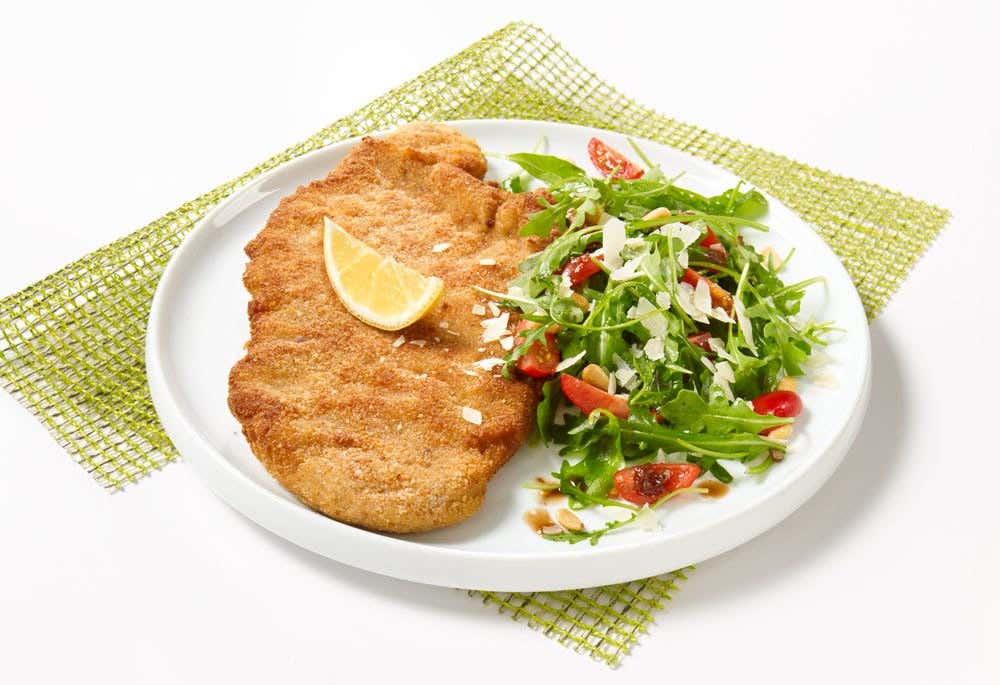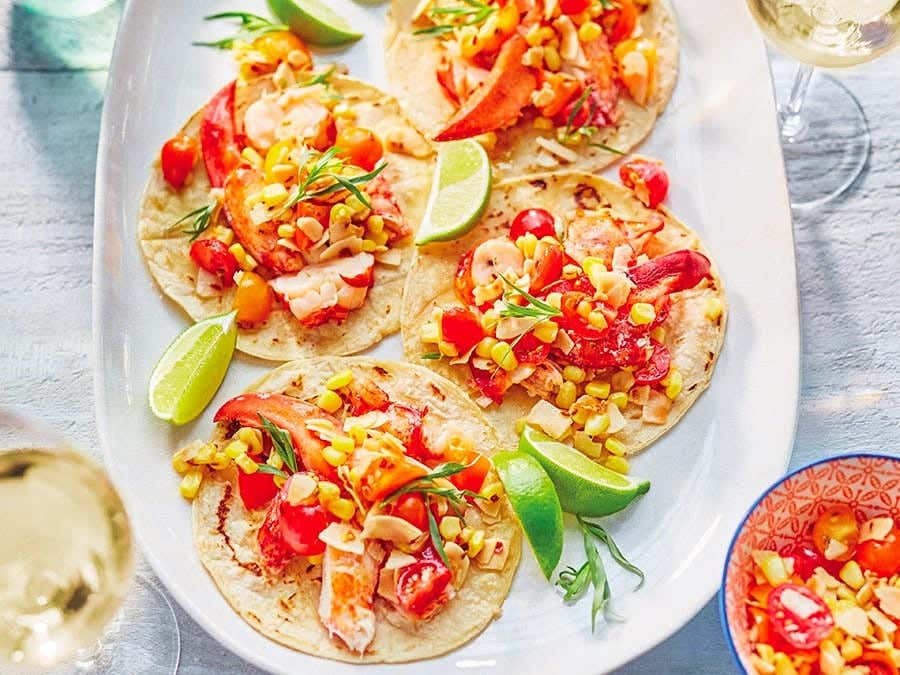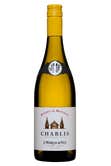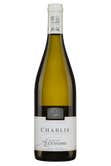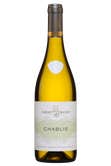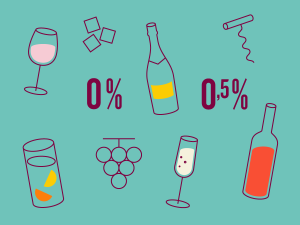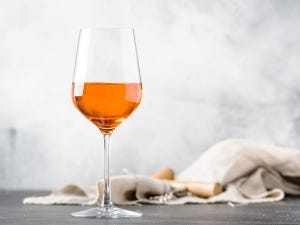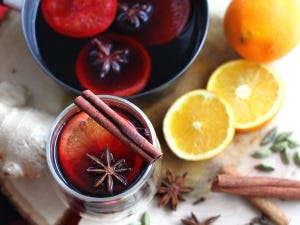The history of wine in Chablis, a small town in the Yonne department, begins in Roman times, when Emperor Marcus Aurelius Probus had vines planted in the area. Thanks to craftsmanship gained through the centuries, Chablis developed the excellence for which it is celebrated today. After over 18 centuries of viticulture, even in the face of phylloxera, two global conflicts and the frost of 1957, the region is now at the peak of its expression.
Chablis wines fall into four appellations—Petit Chablis, Chablis, Chablis Premier Cru and Chablis Grand Cru—that are determined by conditions related to location and method. While the Chablis Premier Crus and Chablis Grand Crus are more sought after, the Petit Chablis and Chablis are just as fine. Though they yield a different tasting experience, they remain devoted to the region’s unique identity. Light and lively, they are wonderful introductions for neophytes.
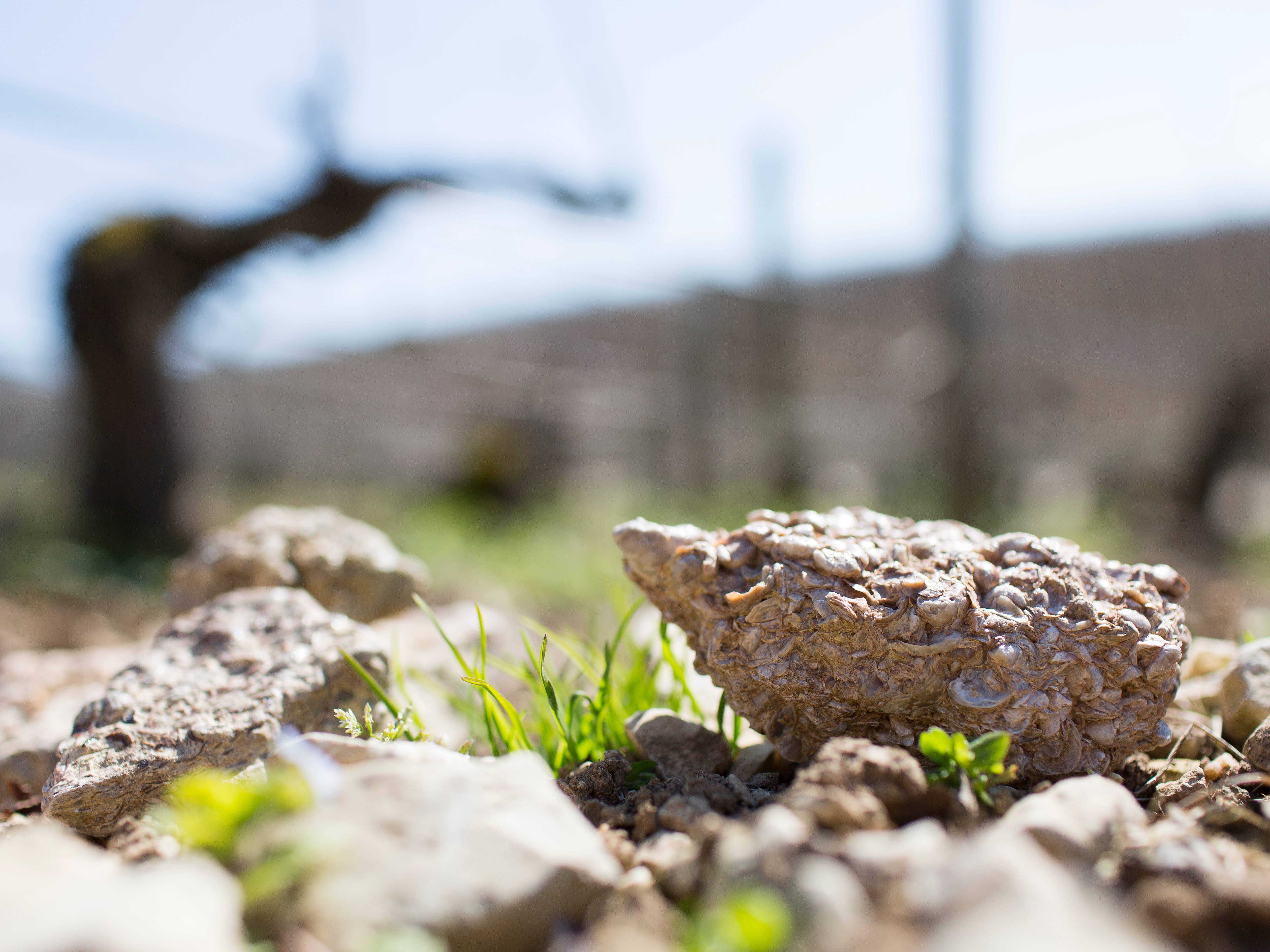

Precious terroir
Lying on the banks of the Serein, Chablis vineyards benefit from a more northern climate than their Burgundian peers. There, winters are harsh, springs are humid and summers are warm. The geology of the region is characterized by two main types of soil: Portlandian clay-limestone and Kimmeridgian limestone made up of small oyster fossils. The task is not an easy one for the vines, but the rich and rugged terroir imparts all the wine’s complexity.


The other face of Chardonnay
In Chablis, Chardonnay is king. The widespread variety thrives here like nowhere else. Chablis are fair—a light gold that can veer toward green. Unlike the oak- and vanilla-laden Chardonnays, Chablis are dry. They are often matured in stainless steel and sometimes oak barrels but rarely in new barrels to minimize the wood’s impact on the palate. These extraordinarily pure wines embody bright energy that is heightened by a touch of minerality.
Daring new pairings
Chablis are for every occasion, from laid-back pre-dinner drinks to fine dining. While Chablis and oysters are often inseparable, the region also offers wines that pair perfectly with different types of cuisines. Here are a few suggestions that truly make Chablis sing.


Thin-crust asparagus and leek tart
Preparation 15 minutes
Cooking Time 30 to 45 minutes
Servings 6 to 8
Chablis to discover
In partnership with Les Vins de Chablis.
-
Inspiration
(810)
- Profiles (201)
- Interviews (85)
- Share (325)
- Trends (67)
- Tasting and service (51)
- Production methods (21)
- Conservation (5)
- Wine cultivation (27)
- Pairings and Taste Tags (26)
- The SAQ is here (53)
-
About us
(73)
- Press releases (60)
- Career (5)
- Clarifications (8)
- Sustainable development (21)
 Access to SAQ Inspire personalized services and store inventories are unavailable at the moment.
Access to SAQ Inspire personalized services and store inventories are unavailable at the moment. Free in-store delivery with purchases of $75+ in an estimated 3 to 5 business days.
Free in-store delivery with purchases of $75+ in an estimated 3 to 5 business days. 



